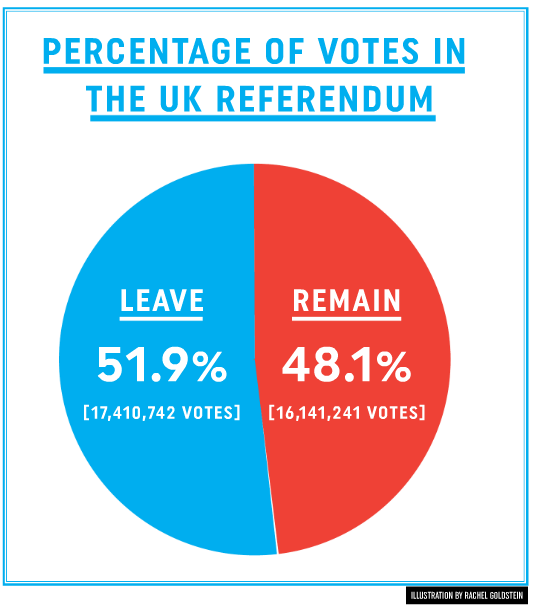See no evil, stop no evil
(Washington Post) In Bangkok, Thailand, this week, President Bush used long words-multiparty talks, security guarantees, long-range missiles-to discuss the problem of North Korea with North Korea’s neighbors. Here in Washington, on the other side of the globe, a small organization called the U.S. Committee for Human Rights in North Korea will this week use pictures to discuss the problem of North Korea with anyone who wants to listen. The pictures that the committee has procured-and now published, together with a report called “The Hidden Gulag”-are satellite photographs of North Korean concentration camps. With remarkable clarity they show, for example, the contours of Yodok, one of the most notorious prison camps in North Korea: the barracks and “villages” inhabited by different categories of prisoners, including political prisoners; the mines, the flour mill, the farms where prisoners work; the cemetery. They also show the outlines of Bukchang, another vast camp, including its cement factory, its hospital, its punishment barracks, its school for prisoners’ children. Distinct objects, including the high walls that enclose the camps, are clearly visible.
Because I’ve met the people who wrote this report, I know that a good deal of effort went into procuring these photographs, identifying the buildings, putting the package together. Because I’ve met diplomats who deal with North Korea, I also know that the impact of the photographs will be limited. Even when they are put together with the testimony of witnesses, they tell an incomplete story, after all. It is now known that entire families are imprisoned at places like Bukchang and Yodok. It is not known how many people are in prison altogether. It is known that prisoners, including children, work 10-hour days as slave laborers. It is not known how important these camps are to the North Korean economy. Only when the regime collapses, and only when more documents emerge, will those questions be answered.
But will these photographs have any impact in North Korea itself? That’s a question that requires a longer answer. Stories of human rights violations, if they filter back into the country after being published abroad, will not cause this dictatorship or any other to collapse overnight. Yet they will make it more difficult for North Korean leaders and North Korean police to justify what they do, both to themselves and their families, and more difficult to claim that they bear no responsibility for what is happening in their country. Pictures and testimony will also help to chip away at whatever support, feigned or genuine, remains for Kim Jong Il’s government.
No regime can remain legitimate indefinitely if its citizens know that thousands of their compatriots are being unjustly tortured.
Pictures and testimony are also important to collect now because they will, eventually, become part of whatever recovery process North Korea goes through, if its totalitarian system ever collapses. In recent years, documents testifying to human rights abuses have played a role in the collapse of dictatorships and the restoration of more open societies in Russia, Serbia, South Africa, Argentina and Cambodia –and in all of these places, even today, there are still people who feel that more information, more testimony, more public knowledge, would improve matters further.
Yes, it’s naive to expect photographs to create a revolution. But yes, it also matters that they now exist. No one can say, ever again, that “we didn’t know.”


